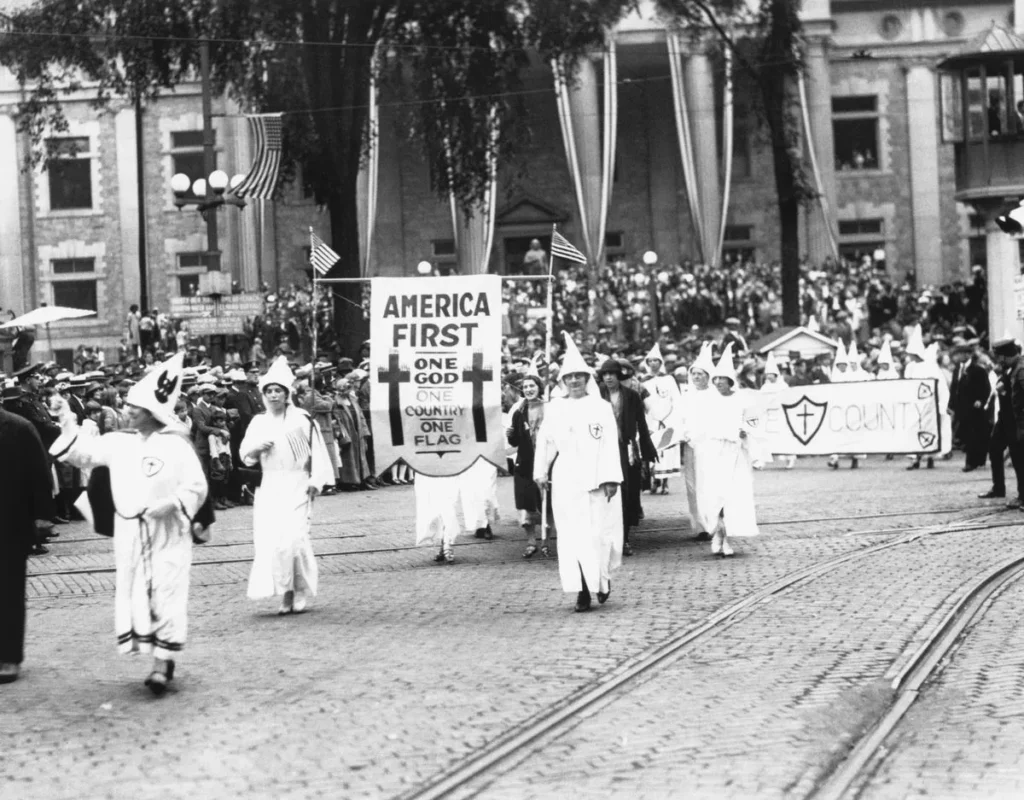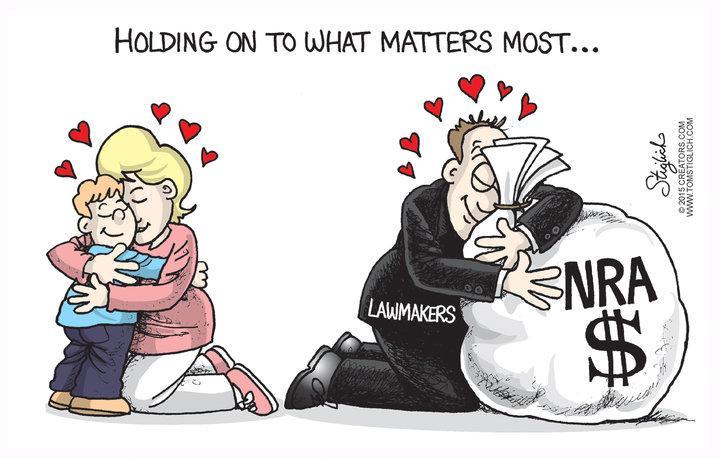What is the “America First” policy? It is a foreign and domestic policy structure that was prominently advocated by former President Donald Trump during his 2016 presidential campaign and subsequent administration. It emphasizes nationalism, economic protectionism, and a more unilateral approach to international relations. He sought to redefine the slogan, distancing it from its controversial historical associations with isolationism and antisemitism from the 1940s, while focusing on modern issues like job losses, unfair trade, and immigration. By using the slogan, Trump tapped into populist sentiments, appealing to voters who felt left behind by globalization and foreign policy entanglements. Despite its historical baggage, and current white supremist groups who use the slogan Trump continues to use “America First” in his 2024 campaign to signal a shift toward prioritizing domestic issues and national security.

Structure of the “America First” Policy:
Here is a breakdown of the structure or framework and mission statement associated with the “America First” policy:
- Economic Protectionism:
- Focus on reducing trade deficits and bringing manufacturing jobs back to the United States.
- Imposition of tariffs on imported goods to protect American industries, particularly steel, aluminum, and automotive manufacturing.
- Renegotiation of trade agreements to favor American economic interests.
- Immigration Control:
- Strict immigration policies aimed at reducing illegal immigration and limiting legal immigration pathways.
- Enhancing border security.
- Reducing refugee admissions to prevent perceived security threats.
- Mass deportation of illegal and some legal immigrants.
- Military and Defense:
- Strengthening the U.S. military by increasing defense spending.
- Encouraging allies to increase their own defense spending, particularly NATO member countries.
- Adopting a more aggressive stance against perceived adversaries, such as China and Iran.
- Energy Independence:
- Promoting the use of domestic fossil fuels like coal, oil, and natural gas to achieve energy independence.
- Rolling back environmental regulations to support energy production and economic growth.
- National Sovereignty and Unilateralism:
- Prioritizing American sovereignty over multilateral cooperation.
- Withdrawing from international agreements perceived as unfavorable to U.S. interests, such as the Paris Climate Agreement and the Iran Nuclear Deal (JCPOA).
- Reducing commitments to international organizations and agreements that do not align with American interests.
Mission Statement of “America First”:
The core mission statement of the “America First” policy can be summarized as follows:
- Prioritizing American Interests: “America First” means that the U.S. government will prioritize American citizens, businesses, and economic interests in all decisions related to foreign and domestic policy.
- Economic Prosperity and Security: Ensuring economic prosperity by bringing jobs back to the United States, renegotiating trade deals to be more favorable to American workers, and protecting American industries from unfair foreign competition.
- Strengthening National Defense: Maintaining a strong military to protect American interests at home and abroad, while ensuring allies contribute fairly to mutual defense agreements.
- Protecting Borders and Sovereignty: Safeguarding the nation’s borders, reforming immigration policies, and reducing illegal immigration to maintain national security and economic stability.
- Energy Independence and Deregulation: Achieving energy independence through increased domestic energy production and reducing reliance on foreign oil, while reducing regulatory burdens that impede economic growth.
Overall, the “America First” policy reflects a focus on nationalism, protectionism, and a rejection of globalism, with a strong emphasis on securing American interests and minimizing international entanglements unless directly beneficial to the U.S.
Funding
While he was in office the funding for policies under the “America First” framework generally came from various sources within the U.S. government’s budget, including reallocations of existing funds, new appropriations by Congress, and changes in revenue policy. Here’s a breakdown of where the money comes from for different components of the “America First” policies:
1. Tariffs and Trade Policy:
- Revenue from Tariffs: Imposing tariffs on imported goods, particularly from countries like China, generated significant revenue for the U.S. Treasury. For example, the Trump administration-imposed tariffs on steel, aluminum, and many Chinese goods, which increased federal revenue. However, this revenue is often offset by the economic impact on consumers and businesses, who may face higher costs.
2. Defense and Military Spending:
- Federal Budget Allocation: Increased defense spending under “America First” comes from the U.S. federal budget, funded by taxpayer dollars. Each year, Congress passes a defense budget as part of the National Defense Authorization Act (NDAA), which allocates funds for military spending.
- Reallocation from Other Programs: Sometimes, funds are reallocated from other federal programs or discretionary spending areas to boost defense budgets.
3. Immigration and Border Security:
- Congressional Appropriations: Funding for immigration enforcement, such as border wall construction, ICE operations, and Customs and Border Protection (CBP) personnel, comes from specific appropriations by Congress.
- Reallocations and Emergency Declarations: The Trump administration, for example, used emergency declarations to redirect funds from the Department of Defense and other areas to fund the border wall.
4. Tax Policy and Revenue Adjustments:
- Tax Cuts and Jobs Act (TCJA) of 2017: This significant tax overhaul, part of the “America First” economic agenda, reduced corporate and individual tax rates which benefited the wealthy. While it was intended to stimulate economic growth and increase revenues over time, it led to an increase in the federal deficit.
- Reducing Federal Spending in Other Areas: To offset the costs of tax cuts and increased spending in defense and immigration, there were proposals to reduce spending in other areas like social programs, healthcare, and environmental regulation.
5. Energy Policy:
- Reduced Environmental Regulation Costs: Rolling back environmental regulations can save money for both the government and private sector companies, potentially leading to increased tax revenues from higher economic activity in the energy sector. However, this does not directly provide funding but rather reduces the financial burden on energy companies.
- Revenues from Lease Sales: The government generates revenue from leasing public lands for oil, gas, and coal extraction. These lease sales can provide substantial revenue to the U.S. Treasury.
6. Cuts to Foreign Aid and International Contributions:
- Reducing Foreign Aid Budgets: Part of the “America First” policy included reducing foreign aid and contributions to international organizations. This can theoretically save money in the federal budget, reallocating those funds for domestic purposes. The real cost comes as mistrust in the US government involving intelligence sharing and diplomatic relations.
7. Borrowing and Increased Federal Deficit:
- National Debt and Deficit Financing: When federal revenue from taxes and tariffs is insufficient to cover increased spending, the government borrows money, leading to a larger national debt. Much of the funding for new initiatives or tax cuts has resulted in increased federal deficits, with the U.S. government issuing Treasury bonds and borrowing from domestic and international investors.
Overall, the funding sources for “America First” policies are a combination of increased revenue from tariffs, reallocation of existing funds, borrowing, and adjusting federal budget priorities through cuts and new appropriations. The impact of these funding sources varies, with some creating short-term revenue gains while potentially leading to longer-term economic and fiscal consequences, such as increased national debt and budget deficits.
Corporate Support
Under the “America First” policy framework, corporate support primarily comes in the form of lobbying, campaign donations, public endorsements, and compliance or alignment with policy goals that benefit their industries. Here’s how corporations may provide support for or benefit from “America First” policies:
1. Lobbying and Political Contributions:
- Corporate Lobbying: Many corporations actively lobby the U.S. government to support policies that align with the “America First” agenda, such as tax cuts, deregulation, and tariffs on foreign competitors. Industries like manufacturing, energy, pharmaceuticals, and technology often have powerful lobbying groups that advocate for favorable policies.
- Political Donations: Corporations and their executives can donate to political campaigns and Super PACs that support candidates and policies aligned with the “America First” agenda. For example, large donations were made to political campaigns favoring tax cuts and deregulation under the Trump administration.
2. Public Endorsements and Advocacy:
- Endorsements of Policies: Some corporate leaders publicly endorsed the “America First” policy, especially when it came to tax cuts, deregulation, and tariffs that benefited their industries. For example, companies in the steel and aluminum industries supported tariffs on imports, believing it would protect domestic production.
- Support for Deregulation: Corporations in industries like energy, banking, and manufacturing often supported the rollback of environmental regulations, financial regulations, and labor protections. These deregulations were viewed as ways to reduce costs and increase profitability.
3. Support Through Compliance and Business Decisions:
- Reshoring and Domestic Investment: Some companies pledged to bring manufacturing jobs back to the United States or invest in domestic facilities in alignment with “America First” policies. This included public announcements of new factories, increased hiring, or expansions in U.S. operations.
- Adapting Supply Chains: Corporations adjusted their supply chains to comply with tariffs and trade policies, either by reshoring production or finding alternative suppliers outside of countries targeted by tariffs (e.g., China).
4. Sector-Specific Support and Benefits:
- Energy Sector: Oil, gas, and coal companies benefited significantly from the “America First” policy, which emphasized energy independence and rolled back environmental regulations. In return, these sectors often supported the administration’s policies through lobbying and public advocacy.
- Defense Contractors: Increased defense spending and emphasis on military strength led to greater contracts for defense contractors like Lockheed Martin, Boeing, and Raytheon, who benefited from expanded budgets and policy alignment with “America First.”
- Manufacturing and Heavy Industry: Companies in these sectors often supported tariffs on imported goods (such as steel and aluminum) and deregulation that allowed them to operate with fewer restrictions.
5. Trade Associations and Industry Groups:
- Advocacy Organizations: Various trade associations, such as the National Association of Manufacturers (NAM) and the U.S. Chamber of Commerce, sometimes aligned with “America First” policies when they saw potential benefits for their members, especially regarding tax cuts, deregulation, and trade protection measures.
6. Indirect Support Through Market Adaptations:
- Stock Market Reactions: Corporations benefited from stock market gains linked to “America First” policies, such as the Tax Cuts and Jobs Act of 2017. Positive market reactions often translated into increased shareholder value, incentivizing corporate support for those policies.
7. Influence Through Think Tanks and Policy Groups:
- Funding Think Tanks and Policy Advocates: Corporations often fund think tanks and policy groups such as The Heritage Foundation that align with their interests and promote policies under the “America First” framework. These organizations provide research, advocacy, and public relations support to influence public opinion and policymaking.
Summary:
Corporations support the “America First” policy through lobbying, political contributions, public endorsements, business decisions that align with the policy, and funding advocacy groups. This support is generally rooted in the belief that the policies will create a favorable business environment through tax cuts, deregulation, and trade protections that benefit their bottom lines. However, this support is often sector-specific and can vary depending on how different industries are impacted by specific policies.
The “America First” policy resonates with voters who felt left behind by globalization and foreign policy entanglements. Many working- and middle-class Americans, especially in manufacturing-heavy regions, saw globalization as benefiting elites while they faced job losses and wage stagnation. “America First” promised to protect domestic jobs by renegotiating trade deals, imposing tariffs, and reducing immigration. It also tapped into a desire for national sovereignty, rejecting globalist policies and foreign military interventions in favor of focusing on domestic issues and economic self-sufficiency.
Also see: Using Political and Religious Nostalgia
Sources:
For more details, you can explore the following sources:
- Cambridge Core – Populism and Globalization
- Brookings – Impact of America First
- Harvard Kennedy School – Globalization and Populism







